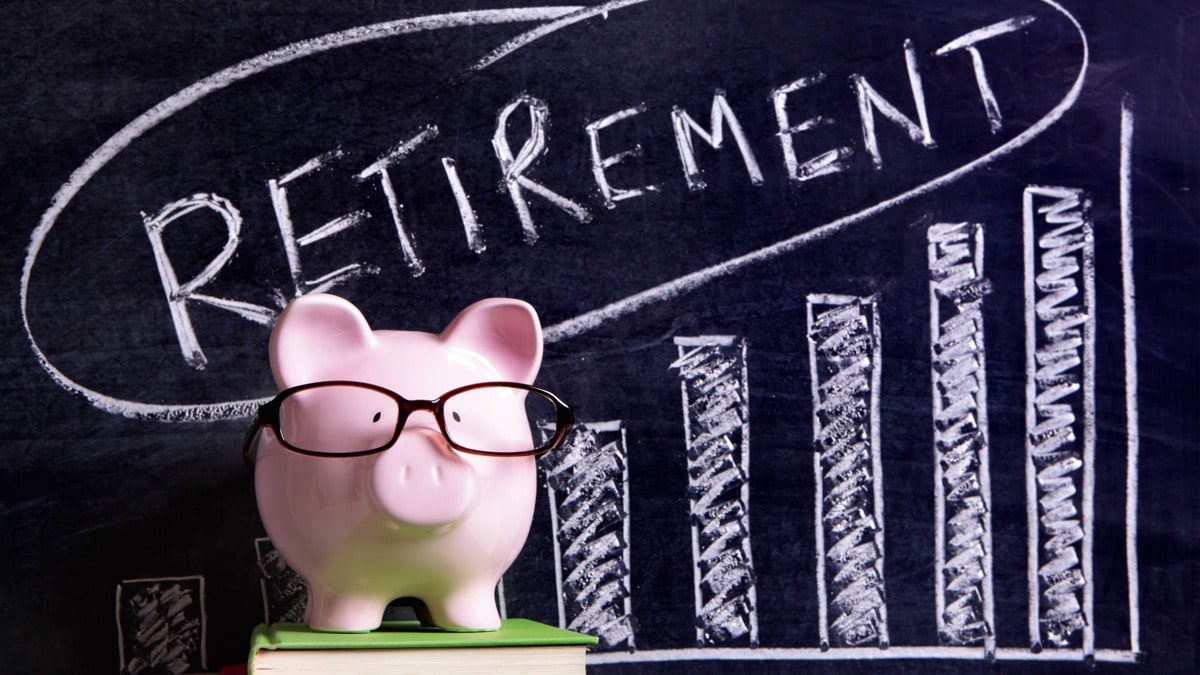How much super do you need to retire, Making the most of increased contribution caps, Unlisted assets in the spotlight, Dividends stage a comeback, SMSF investment rules, The cost of aged care.
Highlights of the April 2021 edition of the SuperGuide newsletter include:
- HOW MUCH SUPER DO I NEED TO RETIRE? It’s a common question but it’s also a deeply personal one. Our practical guides will help you work out how much you need to live the retirement lifestyle you aspire to.
- BOOSTING YOUR SUPER IS ABOUT TO GET EASIER. With contribution caps increasing from July, we walk you through strategies to “bring forward” up to three years’ worth of non-concessional contributions.
- UNLISTED VS LISTED ASSETS, THERE’S NO CONTEST. Big super funds have championed unlisted assets, but they have become a political hot potato. We compare listed and unlisted assets and explain why both have a role to play in generating super returns.
- DIVIDENDS ARE ON THE MEND. Low term deposit rates have forced retirees to take on more risk in return for a decent yield. The good news is that share dividends are recovering after a temporary pause due to COVID.
- SMSF INVESTMENTS COME WITH RULES ATTACHED. Running your own SMSF opens up a cornucopia of investment options, but you need to follow the rules or risk significant penalties.
- A DEFINITIVE GUIDE TO AGED CARE COSTS. Moving into aged care can be a stressful time. To remove some of the pressure, it helps to understand your options and what they may cost well in advance.
HOW SUPER WORKS
Your Future, Your Super legislation attracts industry criticism; Top postcodes revealed for lost and unclaimed super; ASFA argues accessing super would make housing affordability worse, not better; new research dismisses… Read more.
Your Future, Your Super legislation attracts industry criticism; Top postcodes revealed for lost and unclaimed super; ASFA argues accessing super would make housing affordability worse, not better; new research dismisses… Read more.
Super fund members can make higher contributions this financial year, but the actual amount may depend on whether you’ve previously triggered the bring-forward rule. Read more.
Super fund members can make higher contributions this financial year, but the actual amount may depend on whether you’ve previously triggered the bring-forward rule. Read more.
SUPER FUNDS
Unlisted assets are an important investment for some larger super funds as their more stable returns provide a useful balance for the volatility of listed assets like shares. Read more
Unlisted assets are an important investment for some larger super funds as their more stable returns provide a useful balance for the volatility of listed assets like shares. Read more
Super funds continued their run of strong monthly returns in October, setting the scene for a happy ending to the 2025 calendar year. Read more.
Super funds continued their run of strong monthly returns in October, setting the scene for a happy ending to the 2025 calendar year. Read more.
SMSFs
Falling foul of the in-house asset rules can be a costly mistake for SMSFs and continues to be a tricky area for trustees. Read more.
Falling foul of the in-house asset rules can be a costly mistake for SMSFs and continues to be a tricky area for trustees. Read more.
Climate change, sustainability, greenwashing – investing is a minefield these days but there are steps you can take to align your investments with your values. Read more.
Climate change, sustainability, greenwashing – investing is a minefield these days but there are steps you can take to align your investments with your values. Read more.
Penalties for SMSF breaches rose on 1 January 2023 so it’s now more important than ever to make sure your SMSF is doing the right thing. Read more.
Penalties for SMSF breaches rose on 1 January 2023 so it’s now more important than ever to make sure your SMSF is doing the right thing. Read more.
RETIREMENT PLANNING
The good news is you probably don’t need anywhere near the $1 million often touted to retire in the style to which you have become accustomed. Here’s how to set… Read more.
The good news is you probably don’t need anywhere near the $1 million often touted to retire in the style to which you have become accustomed. Here’s how to set… Read more.
See also the following updated articles and reckoners about how much super you need to retire on a particular income:
- How much super do I need to retire on $40,000 a year?
- How much super do I need to retire on $50,000 a year?
- How much super do I need to retire on $60,000 a year?
- How much super do I need to retire on $80,000 a year?
- How much super do I need to retire on $100,000 a year?
- Income from super Reckoner
See also the following updated articles and reckoners about how much income in retirement a particular super can generate:
- Is $100,000 in super enough to retire on?
- Is $200,000 in super enough to retire on?
- Is $300,000 in super enough to retire on?
- Is $400,000 in super enough to retire on?
- Is $500,000 in super enough to retire on?
- Is $750,000 in super enough to retire on?
- Is $1 million in super enough to retire on?
- Is $1.6 million in super enough to retire on?
- Is $2 million in super enough to retire on?
- Is $3.2 million in super enough for a couple to retire on?
- Super to income Reckoner
IN RETIREMENT
A shake-up in the way aged care in the home is provided and paid for is designed to streamline the system, but the jury is still out. Read more.
A shake-up in the way aged care in the home is provided and paid for is designed to streamline the system, but the jury is still out. Read more.
In the name of fairness and sustainability, the way you pay for residential aged care, and the amount, has changed. Read more.
In the name of fairness and sustainability, the way you pay for residential aged care, and the amount, has changed. Read more.



